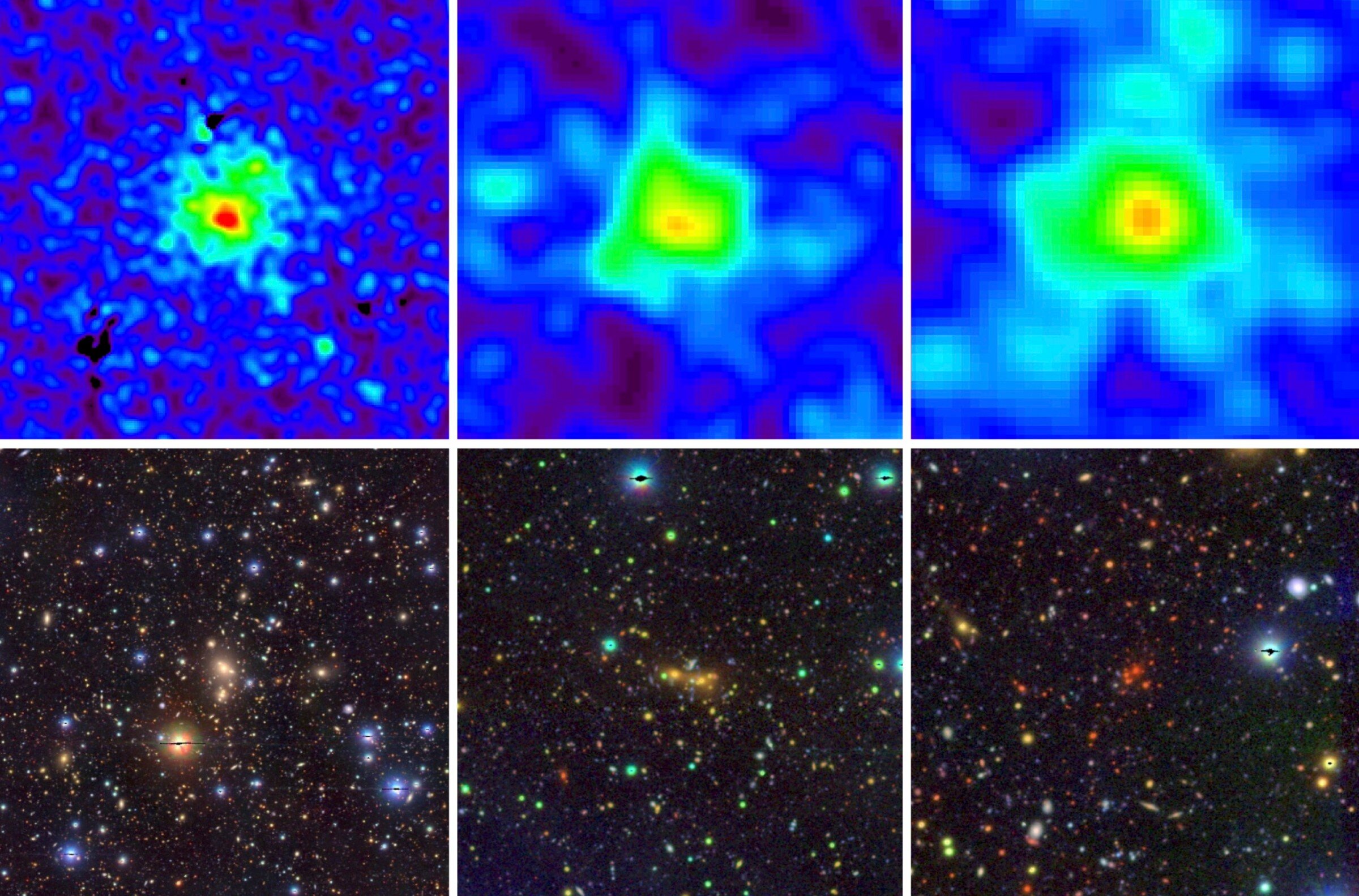
A new...
Read More

A new...
Read More
When Edwin Hubble observed distant galaxies in the 1920s, he made the groundbreaking discovery that the universe is expanding. It was not until 1998, however, that scientists observing Type Ia supernovae further discovered that the universe is not just expanding but has begun a phase of accelerating expansion. “To explain this acceleration, we need a source,” says Joseph Mohr, astrophysicist at LMU...
Read More
New research confirms the role Type Ia supernovae, like G299 pictured above, play in measuring universe expansion. Courtesy ofNASAdownload
New research by cosmologists at the University of Chicago and Wayne State University confirms the accuracy of Type Ia supernovae in measuring the pace at which the universe expands. The findings support a widely held theory that the expansion of the universe is accelerating and such acceleration is attributable to a mysterious force known as dark energy. The findings counter recent headlines that Type Ia supernova cannot be relied upon to measure the expansion of the universe.
Using light from an exploding star as bright as entire galaxies to determine cosmic distances led to the 2011 Nobel Prize in physics...
Read More
Image around SN 2012dn obtained by the Kanata Telescope at Higashi-Hiroshima Observatory. SN 2012dn is seen near the center of this figure. The host galaxy ESO 462-G016 is seen on the left side of SN 2012dn. The distance to this galaxy is known to be 130 mega-light-years. Because the supernova is a point source, the expansion cannot be measured, but the evolutions of the brightness and color are obtained. Credit: Higashi-Hiroshima Observatory
Using Optical and Infrared Synergetic Telescopes for Education and Research (OISTER), researchers discovered an anomalously strong infrared emission from ‘the extraordinary supernova’ SN 2012dn, which has never been observed in other Type Ia supernovae to date...
Read More
Recent Comments